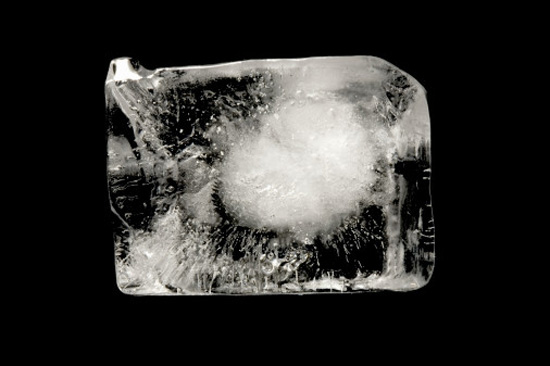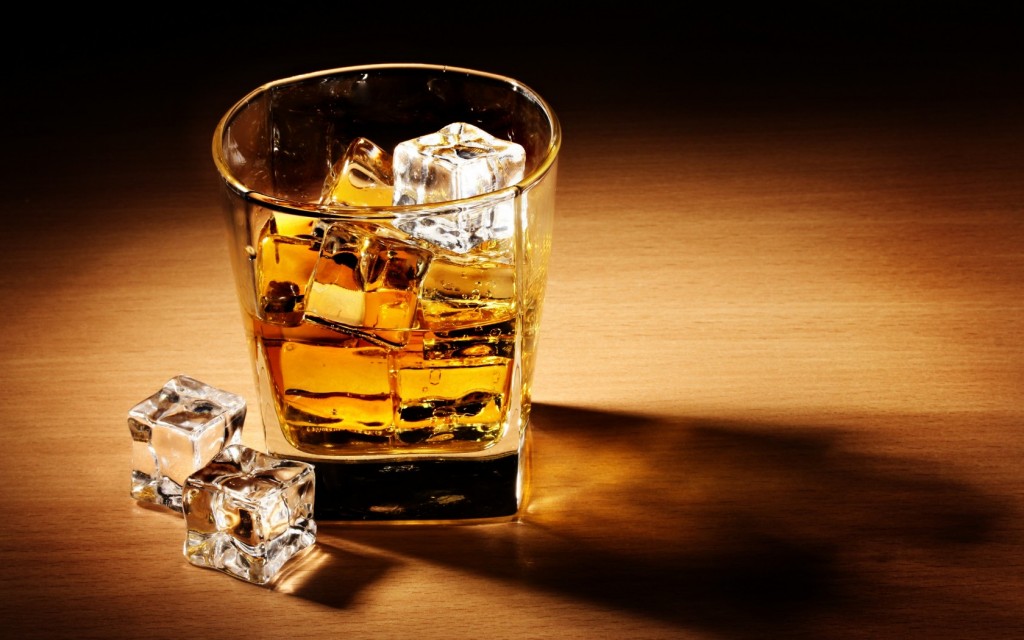EPIA Mythbusters – water impurities don’t give you cloudy ice
Why is it that the ice we make at home it’s always cloudy, when the stuff we buy in bags is crystal clear? Is it because the water that ice companies use is purer than our tap water, or because our home freezers do the job too quickly?
 Time for The EPIA Mythbusters’ Team to explain…
Time for The EPIA Mythbusters’ Team to explain…
It’s a bit of water purity and the freezing method, plus a couple of other things. Let’s get scientific!
Yes, impurities can cause cloudiness, but your water would have to be very minerally for it to be an issue. Good filtered water should be below 30 parts per million total dissolved solids, and the effects of those impurities being squeezed out are very minimal.
The real concern is dissolved oxygen. When ice freezes quickly random air bubbles get trapped and contribute to a cloudy appearance; freeze slowly or directionally and the air bubbles are pushed out.
A second important factor is that an ice cube is made of crystallised water molecules and when you freeze ice fast crystals start forming in many different areas simultaneously.
When water molecules join these crystals they align themselves into formation, and the problem is that if you have a crystal that starts to form in one location while another crystal forms in another place and they aren’t perfectly aligned when they meet they won’t be able to join up cleanly.
This causes cracks and imperfections and, hence, you get cloudy ice.
Now let’s move on to your freezer and supercooling. Super what you say? Read on…
Slow freezing is great for creating the perfect crystal structure, and the temperature of freezing is crucial to whether large crystals will form.
Large and transparent ice crystals only form when ice freezes near water’s normal freezing point of 0°C.
When liquid water goes below this without freezing it’s called “supercooling” and the crystal structures formed are smaller and less transparent.
Due to a variety of factors supercooling is actually the norm in home freezers, not the exception.
Ice is also less dense than liquid water which means that for the same mass ice occupies more space. Water expands as it freezes and when it happens too fast this increase in size leaves behind stress lines and cracks.
This also means that if you add a perfectly clear ice cube to a room-temperature drink it will crack (that’s a lovely sound, isn’t it?). So if keeping the ice clear for presentation is important, make sure you chill the drink first and then add the clear ice.
Cheers!
